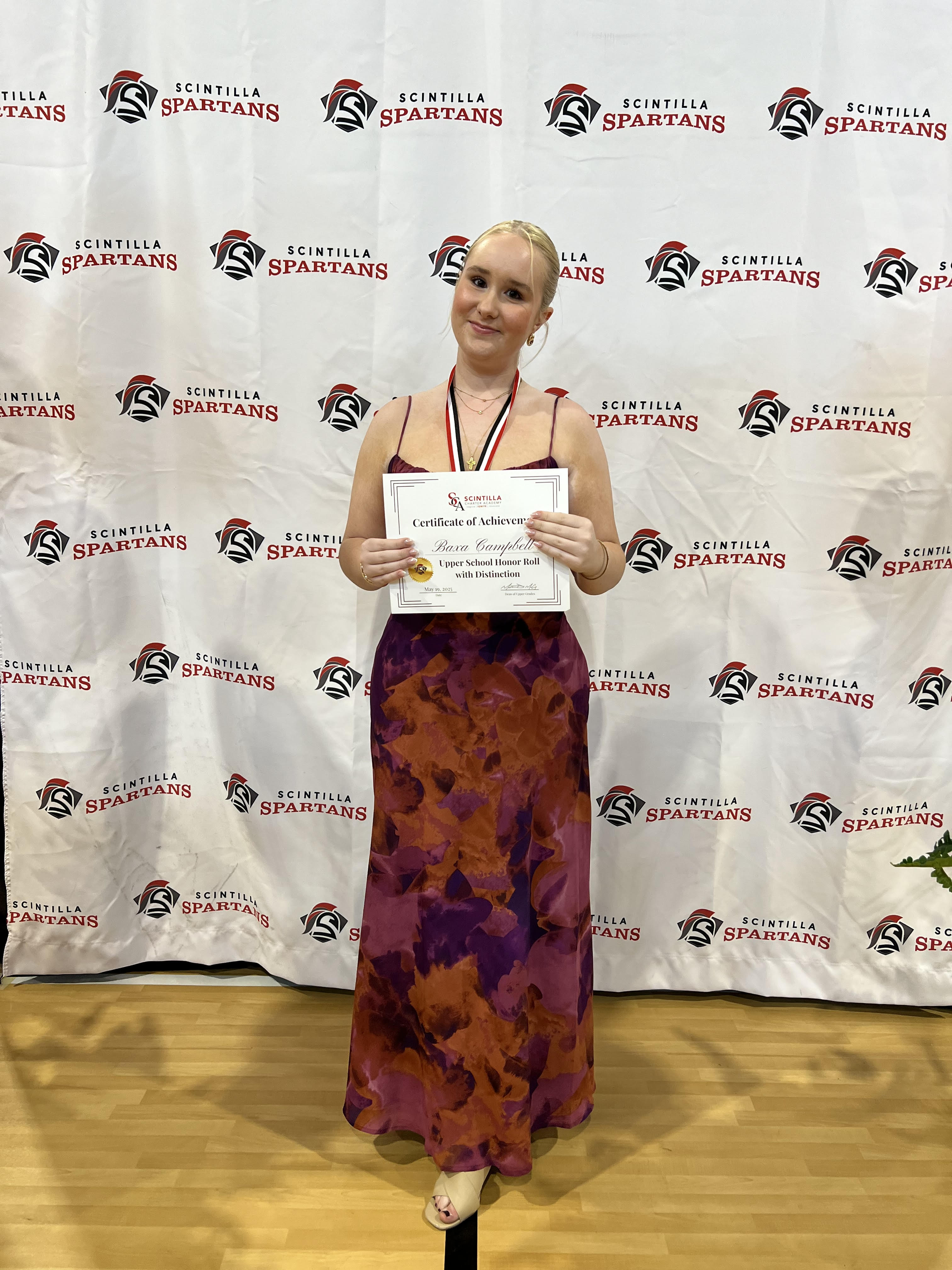The mystery of the box
Published 11:35 am Friday, February 22, 2008
A small white box washed up on a Fort De Soto beach in Pinellas County recently.
Among its contents were bone fragments – human remains – a faded Polaroid, and
an article from the Sept. 11, 2002 edition of the Suwannee Democrat.
Here’s the story as it appeared in Tuesday’s St. Petersburg Times.
By Lane DeGregory
St. Petersburg Times staff writer
Reprinted with permission
It was misty that morning, cold for Florida. Fierce winds were frothing the surf. Emilio Ayestaran loved weather like this: He had the beach to himself.
On that dreary morning in early January, the 71-year-old pediatrician already had covered 5 miles along the shores of Fort De Soto when he waded barefoot through murky water off the North Beach and crossed to a slender sandbar.
That’s when he saw it – something tangled in the mangroves. A white box, the size of a loaf of bread, was wedged between twisted branches.
Ayestaran got closer. The lid was slightly askew; one rusty hinge was broken. Ayestaran freed his find from the bush. It was heavier than he would have expected.
The box was made of wood, styled like a cedar chest. Tiny script letters spelling “Jacksonville, NC” were burned into one end. Someone had painted the box white, and it looked like a rectangular label had been stuck on the top left corner. Where the label had been, flecks of green and blue paint peeked through, like layers of the past.
Ayestaran assumed it had washed up after some recent storms.
“I’d walked that same stretch of beach the week before and it wasn’t there.”
– – –
Ayestaran walks every day the weather cooperates. He logs almost 800 miles a year, alone and in silence. His son bought him an iPod and Ayestaran tried it for a while. “But I found,” he said, “there is nothing like listening to yourself.”
Hearty and spry, his face tomato-red from the sun, Ayestaran still works part-time at All Children’s Hospital. He spends vacations trekking through Europe.
He and his wife, Clara, grew up in the Basque region of Spain and have lived in Florida for 30 years. The porch on their Redington Shores condo is filled with shells and crabs he has found on his hikes. But he had never come across anything like that box.
– – –
He set it on the sand and raised the lid. Seawater had seeped inside and mixed with something else. Everything in the box was mired in a muddy paste.
Ayestaran put his hand into the mixture and studied it. Those thick, hard flakes weren’t grains of sand. “They were shards of bones,” the doctor said. “Human ashes.”
He had found someone’s remains, surrounded by scattered fragments of a life.
– – –
Ask a man what’s in his wallet, and you begin to know him. Ask a woman what’s in her purse and you usually find out too much.
The contents of this box also told a story – but what was the story? On the deck of his condo, Ayestaran sifted through the box. He rinsed each object, set it to dry.
Item No. 1: A small American flag, the wooden pole snapped in half. Had this person been a veteran? A new citizen? A staunch patriot?
Item No. 2: A Wilson watch with barnacles framing the cracked face. The date had stopped at 28. Time stood still at 2:08.
Item No. 3: A plastic rosary, ivory-colored. The person must have been Catholic, Ayestaran said.
Item No. 4: A rusty coin engraved on both sides. “To thine own self be true. Recovery. Service. Unity. II,” it said. “Day at a time,” said the other side, above a prayer. “Someone told me that is to celebrate sobriety,” said Ayestaran. Was the person a member of Alcoholics Anonymous?
Item No. 5: A plastic panther, or jaguar, as big as his finger. Was it a symbol of someone’s nickname? The prized toy of a child?
Item No. 6: A plastic hair clip, black with swaths of gold paint. Was it a woman who had died? “I guess it could have been from a man, too,” Ayestaran said. “I mean, if he had been a hippie or something . . .”
Item No. 7: A white candle, as long as a pencil, thick as a thumb, the wick burned black. “A funeral candle,” Clara Ayestaran said.
Item No. 8: Two yellowed clippings from the Suwannee Democrat in Live Oak, water-soaked but still legible. No dates were on the stories, but both were commemorative pieces about the Sept. 11, 2001 attacks on New York City, though they didn’t name specific victims. One article began: “The greatest tragedy to ever hit the American shores happened almost a year ago . . .” Whoever the person was, Ayestaran decided, he must have been connected to 9/11.
“Maybe he came from Live Oak,” Ayestaran mused. “Or maybe someone who loved him lived there.”
Item No. 9: What once had been a 4 by 6 photo was now a blank sheet of thick paper, the image erased by water and time. Eckerd 7508, No. 6, was stamped on the back.
Item No. 10: A faded Polaroid, the bottom half peeling like sunburned skin. On the left side of the snapshot, a man with a thick, dark moustache is standing erect. Tall and lean, he could be 20 or 40. He’s wearing a broad-shouldered jacket, like the Members Only style of the ‘80s. Beside him, a dark-haired child of 7 to 10 is straddling a white bike. Whoever the people in the photo were, they had been loved enough for someone to want to keep them close for eternity. Somehow, their blurry images had survived.
– – –
As he walks, he wonders, the clues churning in his mind. Who was this person? And who had cared for him – or her – enough to set that box to sea?
“If you believe in another dimension, then the soul of this person is still around,” Ayestaran said, looking again at the waterlogged Polaroid.
“Whoever it is must have wanted me to find that box, for some reason. I can’t just throw it back into the water. I want the family to know that soul is still with them.” Times researcher Caryn Baird contributed to this story.
If you know anything about the mystery box, please contact Robert Bridges at the Democrat at robert.bridges@gaflnews.com or 386-362-1734.





